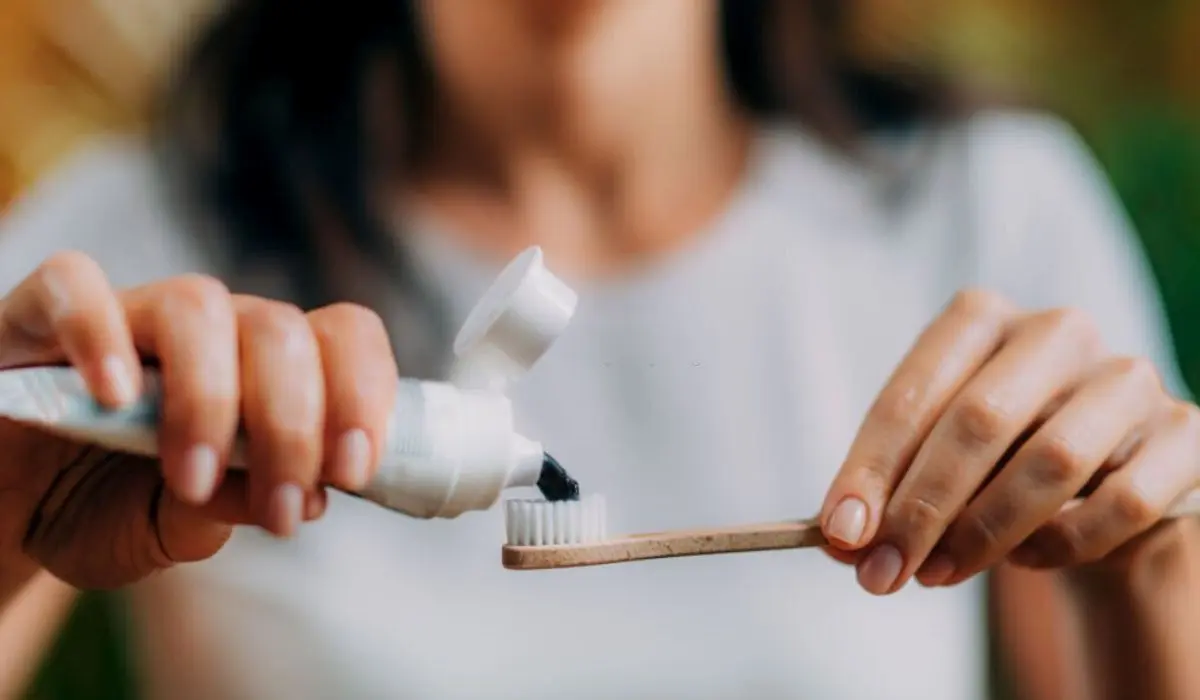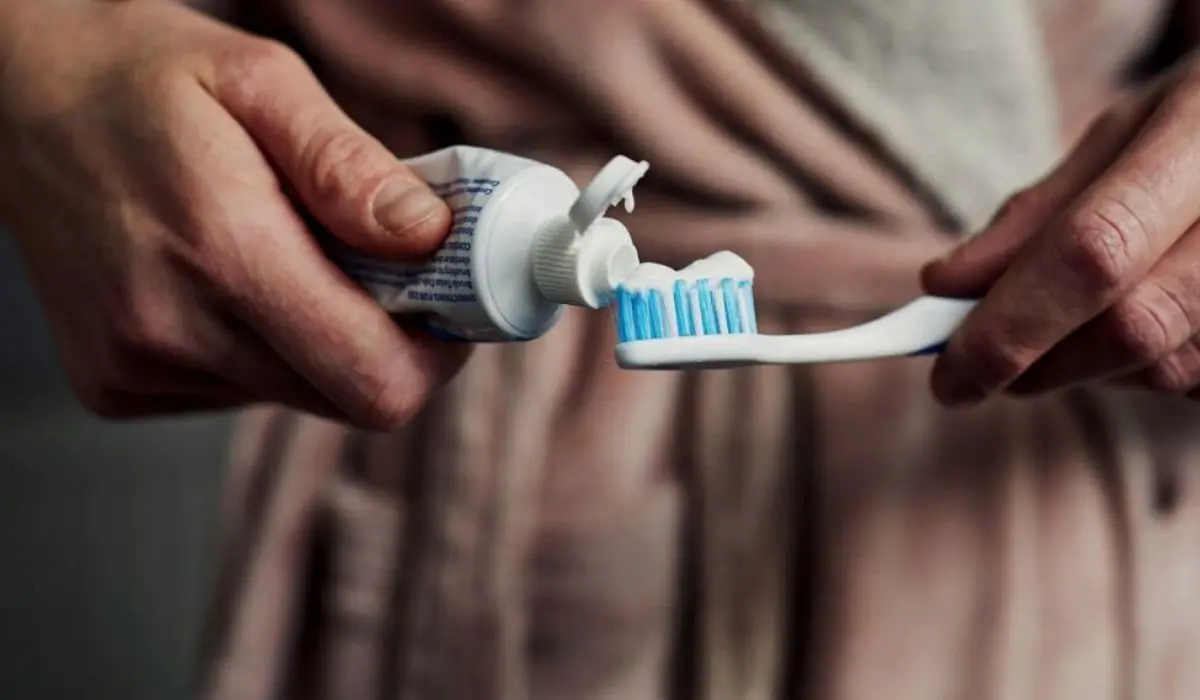Bad breath, also known as halitosis, is an embarrassing condition that affects around 50% of the population. It is most commonly caused by odor-producing bacteria in the mouth.
Using an effective toothpaste can help control bacteria and leave you with fresher breath. This article explores what causes bad breath, symptoms, top toothpaste to treat it, prevention tips, and frequently asked questions.
How Does Bad Breath Cause? Signs & Symptoms Of Having Bad Breath
Bad breath is typically the result of sulfur-producing bacteria feeding on food particles stuck in the teeth, gums, tongue, and other oral surfaces. This bacterial waste releases foul-smelling volatile sulfur compounds that cause odor.
Signs Of Bad Breath Include:
- Unpleasant odor when exhaling
- Being told you have bad breath by others
- Metallic, rotten, or fishy smell
- Bad taste in the mouth, especially upon waking
- Dry mouth
- White tongue coating
- Gum disease or dental cavities
If persistent, bad breath can indicate health issues like respiratory or gastrointestinal infections, kidney disease, or metabolic conditions like diabetes.
5 Best Toothpaste For Bad Breath – Does It Help To Give Good Odor?
Specialized toothpaste containing antibacterial ingredients and fresh flavors can effectively combat bad breath.

Here are 5 top options:
1. Crest Pro-Health HD – Contains cetylpyridinium chloride (CPC) which kills odor-causing germs. Also has stannous fluoride to fight plaque and gingivitis. The smooth minty gel leaves the breath feeling clean for hours.
2. Colgate Total – Includes cetylpyridinium chloride and stannous fluoride to reduce bacteria. The silica microbeads gently scrub away bacteria and food particles. It comes in refreshing mint flavors.
3. Hello Antiplaque and Whitening Toothpaste – With fluoride and xylitol, this natural toothpaste inhibits plaque bacteria growth and acid production. The essential oils give it a pleasant mint-tea tree flavor that freshens breath.
4. Marvis Whitening Mint Toothpaste – Contains stannous fluoride and xylitol to fight bacteria and plaque. The rich mint flavor extracted from peppermint leaves leaves a tingling fresh sensation.
5. TheraBreath Fresh Mint Toothpaste – Formulated with oxygenating compounds like zinc gluconate, TheraBreath neutralizes sulfur compounds that cause bad breath. The minty paste also contains fluoride.
Using any of these toothpaste twice daily provides long-lasting bad breath protection by reducing bacteria, plaque, and odor-causing compounds in the mouth.
Risk Factors Of Having Bad Breath
Factors that can lead to bad breath include:
- Poor oral hygiene allows bacterial overgrowth
- Periodontal disease and dental cavities
- Dry mouth from medications, mouth breathing, dehydration
- Tongue coating from enlarged tonsils or sinus drainage
- Smoking and tobacco use
- Food particles trapped between teeth
- Consumption of pungent foods like garlic or onions
- Respiratory tract infections
- Gastrointestinal conditions like acid reflux
- Metabolic disorders including diabetes and kidney failure
Identifying and addressing risk factors like improving oral hygiene, getting dental work, staying hydrated, and managing underlying conditions can help prevent and treat bad breath.
Related:- 7 Ideal Shampoo For Dry And Frizzy Hair – Does Shampoo Help To Reduce Hair Fall?
How To Overcome Bad Breath? Steps To Improve Your Breath
Ways to improve bad breath include:
- Brushing teeth twice daily with antibacterial toothpaste
- Flossing daily to remove food debris
- Using antimicrobial mouthwash
- Cleaning the tongue with a tongue scraper
- Getting dental cleanings every 6 months
- Drinking plenty of water to avoid dry mouth
- Chewing sugar-free gum to increase saliva flow
- Limiting pungent foods like onions and garlic
- Quitting smoking and tobacco use
- Treating underlying medical conditions if present
Tips & Precautions To Avoid Bad Breath
- Don’t skip brushing, flossing, and mouthwash
- Carry mints or mouth spray when masking breath
- Visit the dentist regularly to treat dental disease
- Clean dentures and dental appliances daily
- Avoid excessive alcohol and caffeine intake
- Be aware of any medications that can cause dry mouth
- Limit sugary foods that feed odor-causing bacteria
- Stay hydrated by drinking plenty of water
Read More:- Best Body Washes For Eczema – Uses & Benefits!
Conclusion
Bad breath can be an embarrassing problem but is fairly common and treatable. It is usually caused by bacteria on the tongue, gums, and teeth surfaces releasing smelly sulfur compounds.
Using toothpaste containing antibacterial ingredients along with good oral hygiene can control bacteria and freshen your breath.
Seeking treatment for underlying medical conditions and avoiding risk factors also helps curb bad breath. With some diligence, you can keep your breath fresh, clean, and odor-free.
FAQs
Q1. How long does it take for toothpaste to get rid of bad breath?
A. With regular brushing, an antibacterial toothpaste can help reduce bad breath within 1-2 weeks, but maximum effects may take 4-6 weeks of consistent use.
Q2. Is Sensodyne toothpaste good for bad breath?
A. Regular Sensodyne may help mildly reduce bad breath but does not contain specialty antibacterial ingredients designed to treat bad breath.
Q3. Does activated charcoal toothpaste help with bad breath?
A. Some initial evidence suggests charcoal toothpaste may help absorb compounds causing bad breath. However, more research is needed to confirm the effects.
Q4. Can tooth decay cause bad breath?
A. Yes, advanced dental cavities allow the growth of bacteria that release foul odors, especially from decay between teeth. Treating cavities helps reduce bad breath.
Q5. Does mouthwash cure bad breath permanently?
A. Mouthwashes kill bacteria temporarily but don’t provide a permanent cure on their own. Combining mouthwash with brushing, flossing, and addressing causes provides longer-lasting relief.

